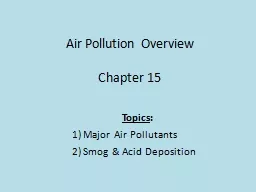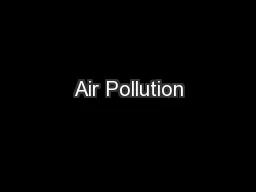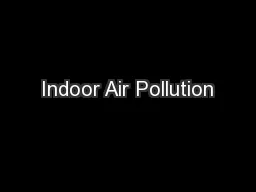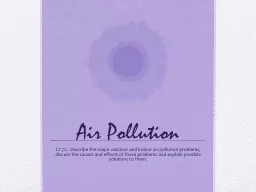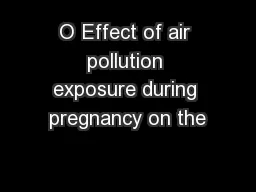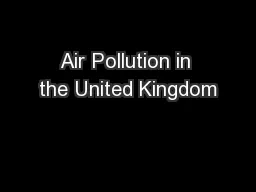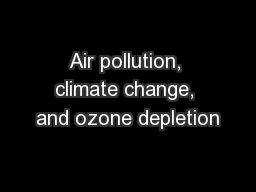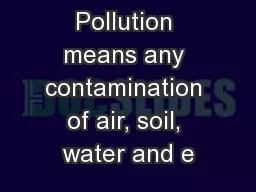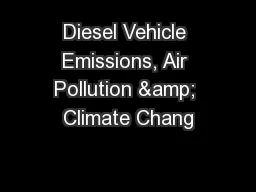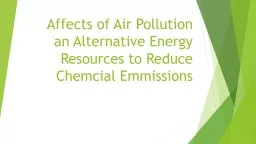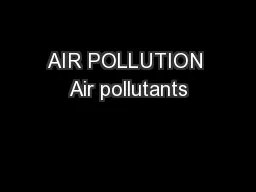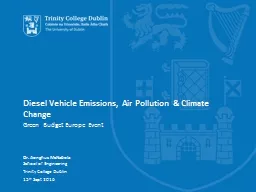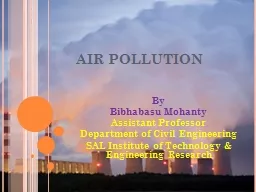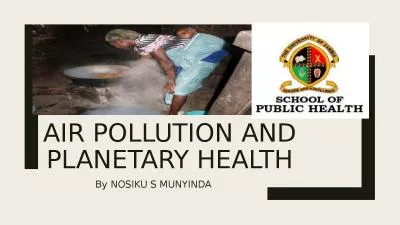PPT-Air Pollution Overview Chapter 15
Author : lucinda | Published Date : 2022-06-18
Topics 1 Major Air Pollutants 2 Smog amp Acid Deposition Our Atmosphere IS a Resource Atmospheric Composition N 2 7808 O 2 2095 Argon 093 Carbon dioxide 004
Presentation Embed Code
Download Presentation
Download Presentation The PPT/PDF document "Air Pollution Overview Chapter 15" is the property of its rightful owner. Permission is granted to download and print the materials on this website for personal, non-commercial use only, and to display it on your personal computer provided you do not modify the materials and that you retain all copyright notices contained in the materials. By downloading content from our website, you accept the terms of this agreement.
Air Pollution Overview Chapter 15: Transcript
Download Rules Of Document
"Air Pollution Overview Chapter 15"The content belongs to its owner. You may download and print it for personal use, without modification, and keep all copyright notices. By downloading, you agree to these terms.
Related Documents

